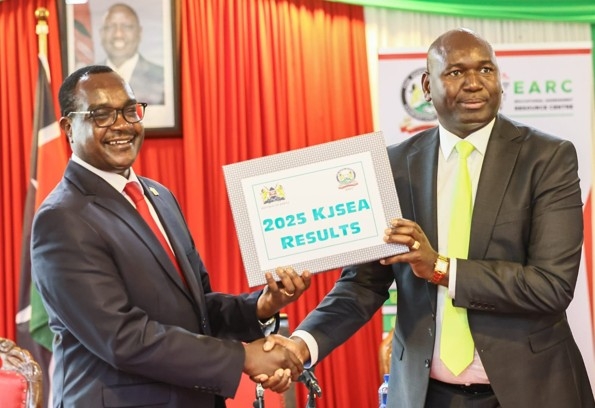Less than a year ago, Kenya was experiencing severe drought, due to the failure of four consecutive rainy seasons.
Millions of people in the country were facing hunger and thirst, especially in the Arid and Semi-Arid Lands (ASAL) regions.
As of November 17, 2023, the Kenya Red Cross announced that over 4.35 million people in ASAL faced severe food insecurity.
In February this year, the National Drought Management Authority reported that animals were not spared in the drought as 2.6 million livestock had died as a result of the prolonged drought.
Eight months down the line, climate Crisis and humanitarian disaster continue to grow in Kenya.
After 17 years, Kenya is experiencing El Nino which is now a blessing in disguise.
The last time Kenya experienced such conditions was in 2006, and the worst El Nino season occurred in 1997.
The Kenya Meteorological Department has said that this season’s El Nino may be comparable to the one experienced in 1997.
As of November 20, 2023, 61 people have been reported to have died due to the El Nino floods.
The latest were two Kenya Revenue Authority officers whose vehicle was swept away by floods in Kwale on Friday, November 17, 2023
The rains and their impact have not spared anyone from schools, hotels, businesses and homesteads.
At least 235 people have been reported injured and a further eight are listed as missing.
In total 80,518 households have been affected with some houses in areas such as Tana River and Mombasa counties completely submerged forcing occupants to spend the night out in the cold.
However, due to the unfolding events, the number of deaths and the affected victims could be more.
Animals have not been spared from the floods where 7,600 livestock are reported to have been swept away.
According to the Red Cross, the El Nino rains are now affecting 33 counties, up from the initial 19.
The rains have caused havoc in more than 19 Counties in the Arid and Semi-Arid Lands (ASAL) and non-ASAL areas where residents are staring at risk of disease outbreaks as the raging floods maroon several homes.
The counties include Mombasa, Garissa, Tana River, Makueni, Marsabit, Kilifi, Kwale, Meru, Isiolo, Turkana, Samburu, Wajir, Homa Bay and Busia.
Some of the countries especially from the ASAL region not so long ago were on the verge of collapsing due to drought and starvation.
Kenya Red Cross secretary general Idris Ahmed said as Kenya receives more rain, the situation is likely to get worse.
"We have a situation where several rivers have been rising consistently for the last couple of weeks, River Tana is at an alarm stage," he said.
Some of the rivers whose banks have broken due to El Nino include Ewaso Nyiro River, River Nyando, Tana River, River Kuja, River Oyani and River Chania
Red Cross notes that the current situation of floods was complex as there were people still lacking food and at the same time breaking out of diseases.
"We have several disease outbreaks including measles which is in eight counties. We also have a risk of cholera, and confirmed cases are in Garissa at the refugee camp. So it is a difficult situation," Ahmed said.
Government position
The government has called on the Kenyans living in areas prone to flooding and mudslides to move even as heavy rains continue to pound the country.
Deputy President Rigathi Gachagua on Sunday called on Kenyans to be on high alert and avoid risky behaviours such as driving or walking into flooding waters.
“Predictions point to prolonged rains extending into December and the first quarter of 2024. For this reason, we call on our partners to enhance their financial, technical and logistical support in reducing and mitigating the impact of El Nino,” Gachagua said.















